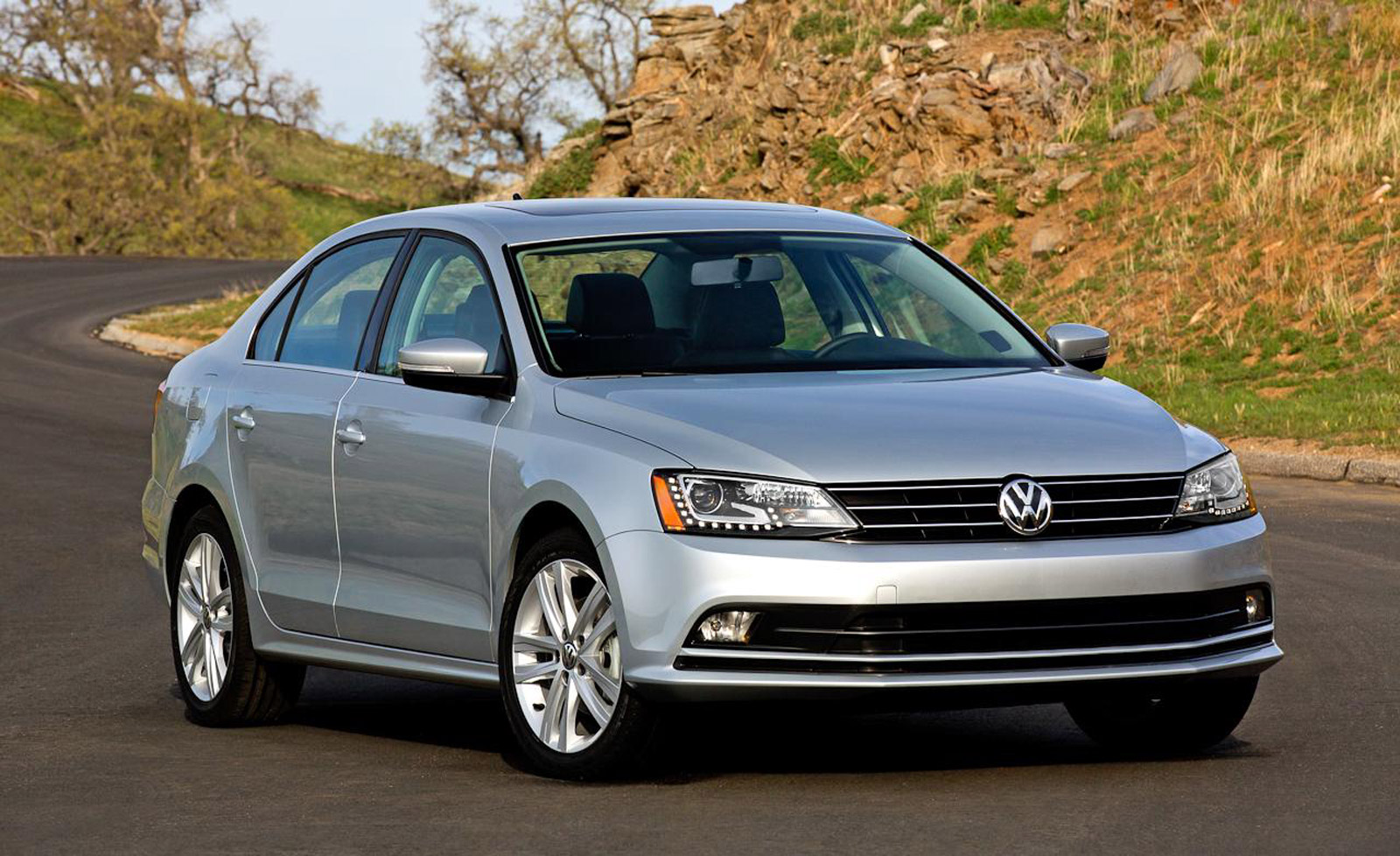Modifying cars isn’t just a hobby, it’s a lifestyle for American car enthusiasts. Whether it’s to squeeze out more horsepower, sharpen handling, or just stand out at your local meet, mods can elevate your ride to another level. But not all cars are created equal.
Some handle upgrades with ease, while others crumble under the pressure of even mild performance tweaks. To help you build smarter, here are five cars that thrive under tuning, and five that are better left stock unless you enjoy expensive breakdowns.
5 Tuner Cars That Handle Mods Like Pros
Some cars were practically engineered with the aftermarket in mind, strong engines, forgiving chassis, and a huge community backing them up.
These are the tuner legends that not only survive under pressure but thrive when pushed beyond factory specs. Whether you’re just getting into mods or planning a serious build, these five cars are reliable platforms that welcome upgrades with open arms and minimal drama.
1. Mazda MX-5 Miata (NA & NB)
The Miata has become a legend in the modding world for good reason. Lightweight, rear-wheel-drive, and brilliantly balanced, the NA and NB generations are incredibly mod-friendly. The engine bay is roomy, the mechanics are simple, and the aftermarket support is massive.
Whether you’re adding a turbo kit, upgrading suspension, or just tweaking cosmetics, the Miata soaks it all up without complaint. And if you do break something, parts are cheap and fixes are easy.
Over the course of three complete redesigns and more than three decades on the market, Mazda’s MX-5 Miata has remained largely true to its original spirit. First revealed at the 1989 Chicago Auto Show, this nimble little roadster continues to embrace its core principles: compact size, light weight, and rear-wheel drive.
It features an inline-four engine mounted up front, seating for two nestled between the axles, and a convertible top. The formula is straightforward, focused on delivering an engaging, budget-friendly driving experience, a major reason why it eventually earned the title of best-selling roadster in history.
After inviting both its U.S. and Japanese divisions to submit design concepts, Mazda ultimately selected the American proposal for production.
While the Tokyo studio pitched a mid-engine, rear-wheel-drive layout similar to the Toyota MR2 of the time, and Hiroshima offered a front-wheel-drive idea, it was the American-designed model that made the cut. That concept leaned heavily into a classic British roadster setup: front-engine and rear-drive.
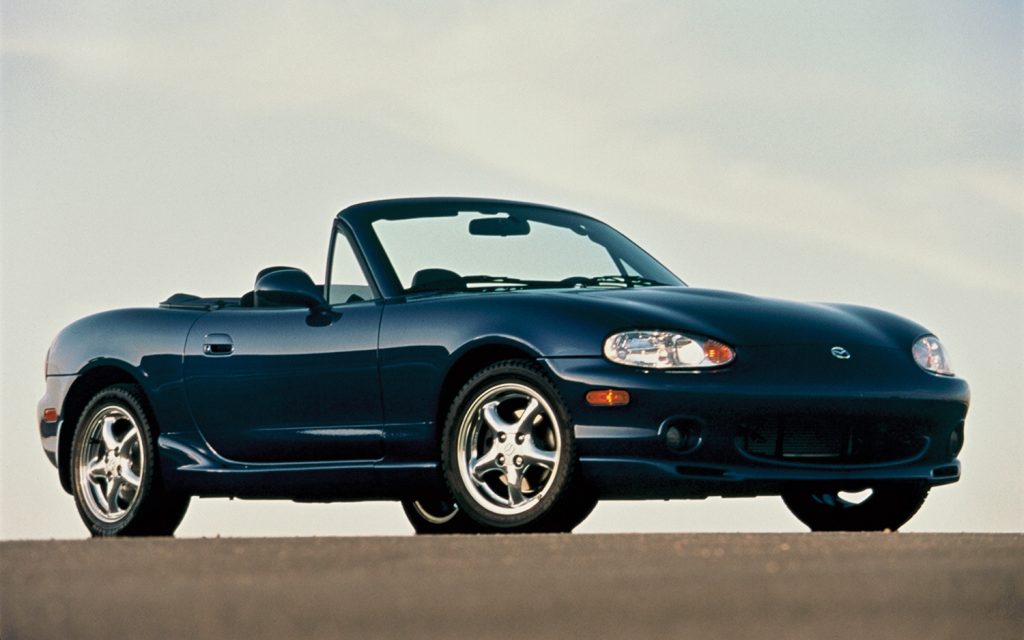
The first-generation Miata, eventually referred to as the NA model, launched officially as a 1990 model and brought to mind a modernized version of the 1960s Lotus Elan.
One of its most charming features was its pop-up headlights, which, when raised, gave the Miata an almost cartoonishly cheerful face—accentuated by the rounded “mouth” in the front bumper.
When it hit showrooms, the original MX-5 Miata came equipped with a 1.6-liter engine producing 116 horsepower, paired exclusively with a five-speed manual transmission.
Comfort options such as power windows and aluminum wheels were available, but regardless of spec, the Miata was remarkably light compared to today’s standards. At launch, only three paint colors were offered: red, blue, and white. Later on, Mazda introduced a metallic gray shade called Silver Stone.
Inside, the two-seater’s compact cabin was cleverly packaged to make the most of limited space. For instance, the door panels were nearly flat with slim armrests affixed to them, the center console was narrow, and the footwells offered more room than you’d expect given the car’s size.
Taller drivers might find their heads poking above the top of the windshield, and the small trunk could just barely accommodate a weekend trip’s worth of soft luggage for two.
Still, none of these compromises dulled the car’s appeal. The Miata became an instant hit, creating buzz and drawing eager buyers to Mazda dealerships across the U.S.
2. Subaru WRX/ WRX STI (2002–2014)
These Subarus are rally-bred beasts that love mods almost as much as their owners do. The EJ-series turbo engines are stout, and the symmetrical all-wheel-drive system ensures power is put down effectively.
With the right tune and a few bolt-ons, like an upgraded downpipe, intake, or larger turbo, the WRX/STI can become a true street monster. That said, these engines require proper tuning and quality parts. Cut corners, and you’re asking for a blown motor.
Although it’s been around for over a decade, it’s only in recent years that the Impreza has gained the kind of performance and design flair that make it such an attractive option.
The 2002 redesign brought not only a roomier interior and added features but also introduced a high-performance variant: the WRX. “Packing a turbocharged engine and a sport-tuned suspension, the Impreza WRX can keep pace with many cars costing thousands more. It’s even available as a wagon.”
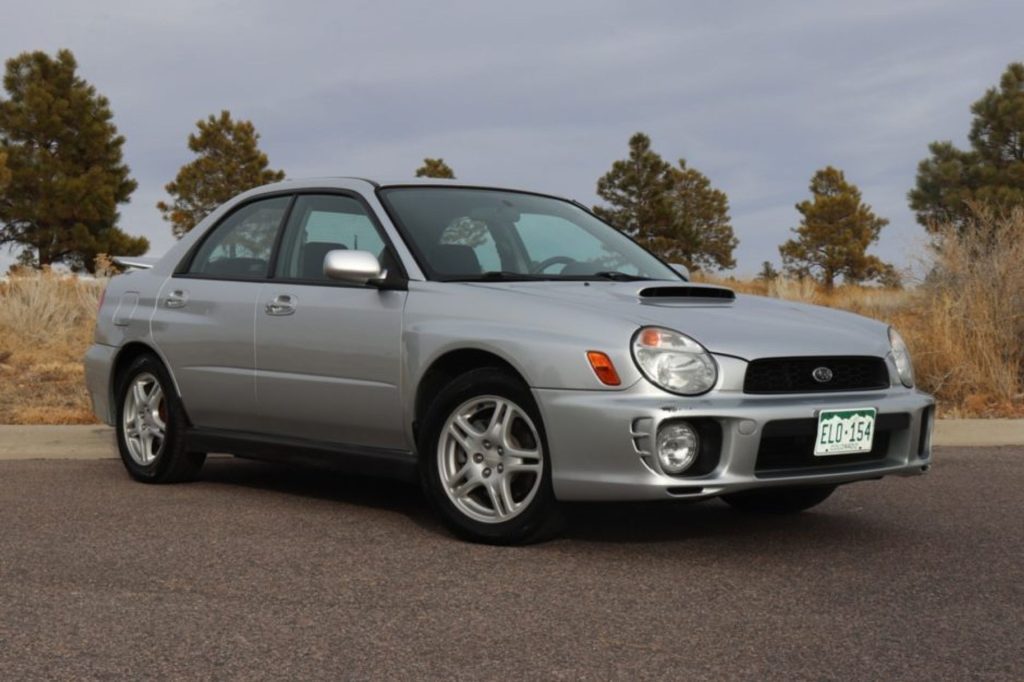
Should the WRX not align with what you’re looking for, Subaru provides a variety of other trims, including the Outback Sport. This version is geared toward buyers seeking added versatility without making the jump to a full-size Outback.
Across the lineup, you’ll find well-designed interiors, an array of optional features, and a reputation for solid construction. “Standard all-wheel-drive continues to be the Impreza’s drawing card, and a healthy price reduction on base models this year makes buying the 2006 Subaru Impreza a pretty irresistible proposition.”
The 2.5 i and Outback Sport trims are powered by a 2.5-liter horizontally opposed four-cylinder engine, producing 173 horsepower. Those wanting more performance can opt for the WRX sedan or wagon, which house a turbocharged 2.5-liter flat-four capable of delivering 230 hp and 235 lb-ft of torque.
Buyers have a choice between a five-speed manual transmission or a four-speed automatic, with all-wheel drive coming standard on every Impreza model.
Also Read: 5 Engines With Legendary Camshafts and 5 That Always Need Top-End Work
3. Nissan 350Z / 370Z
Nissan’s Z cars are a tuner’s dream thanks to their strong VQ-series V6 engines and robust drivetrain. The 350Z and 370Z are well-balanced, rear-wheel-drive, and take naturally to performance upgrades.
From bolt-ons and headers to full turbo kits or even superchargers, the Z platforms can handle a lot before showing signs of stress. They’re also a favorite in the drifting scene, where predictable handling and power potential make them a go-to choice for serious modders.
Among Nissan’s lineup, few vehicles inspire the kind of loyalty that the Z does. With its lightweight design, sharp handling, sporty demeanor, and affordability, the original 1970 Datsun 240Z marked Nissan’s first major success in the American market.
Demand was so high that buyers often had to wait nearly six months just to get their hands on one. “Horsepower was set at 150, and the Nissan car listed at $3,526.” Even as the Z evolved to become heavier and more luxurious through the 1970s and 1980s, it maintained strong sales.
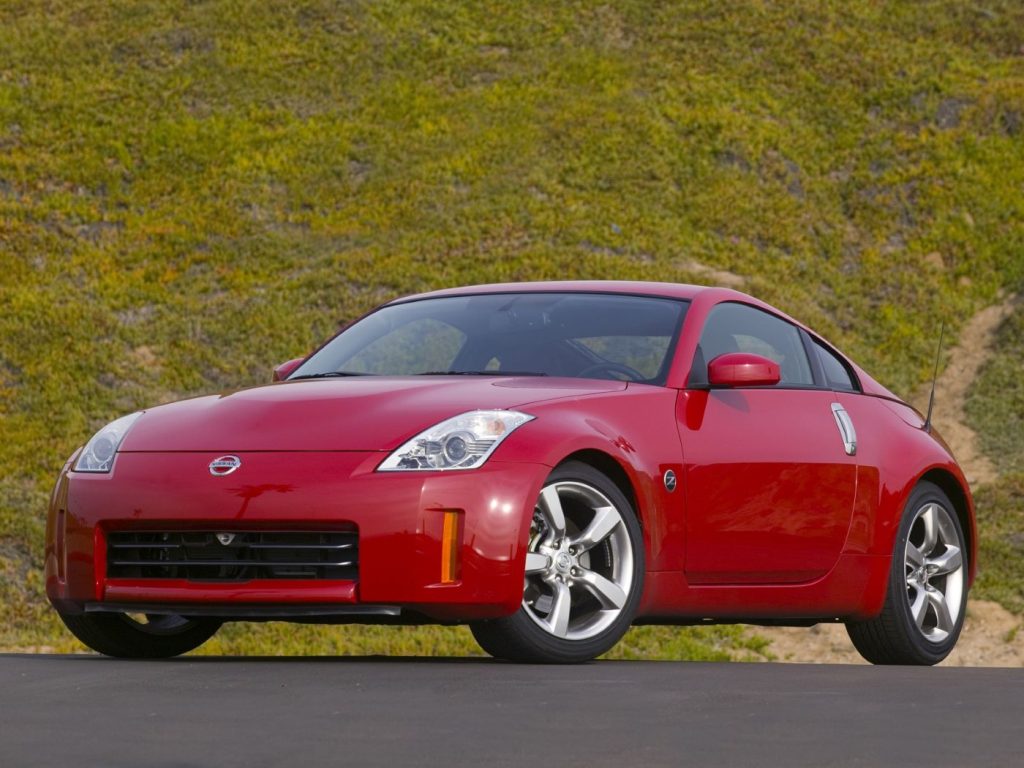
The next major evolution came in 1990 with the debut of the all-new 300ZX. This iteration featured a 222-horsepower V6 engine, along with a completely redesigned body and interior. Later that same year, Nissan released a twin-turbo version that upped the ante to “300 horsepower.”
Despite the car’s performance chops, the mid-1990s presented challenges for the Z. Interest in sports cars was beginning to decline, and the strengthening Japanese yen led to rapidly rising prices.
As a result, sales took a nosedive, and Nissan discontinued the 300ZX in 1996. But within the company, the passion for the Z hadn’t disappeared entirely, the idea still lived on behind closed doors.
In 1999, Nissan unveiled the Z Concept on the auto show circuit. Developed covertly by a group of designers based in Nissan’s Southern California studio, the bold, metallic orange concept car took major design inspiration from the original 240Z.
While its proportions weren’t perfect and the underpinnings were largely borrowed from the 240SX, the design struck a chord. It reignited interest among both Nissan’s leadership and the public.
4. Honda Civic (Especially EK, EG, and Si models)
There’s a reason Civics have dominated the street scene for decades. Lightweight, reliable, and endlessly customizable, Civics, especially the EK and EG hatchbacks, plus the Si trims, are perfect for engine swaps, suspension mods, and power boosts.
Honda’s B-series and K-series engines are icons in the tuning world, with incredible potential when boosted or built. Civics may not be the fastest out of the box, but with a little work, they’ll surprise just about anyone at the stoplight or the track.
By 1998, the Civic had grown in size, nearly matching that of an Accord, and was offered in hatchback, sedan, and coupe versions. Responding to customer feedback that the 1992–1995 Civics appeared too sporty, Honda made some styling adjustments:
“A grille was tacked on up front, sheetmetal contours provide a squarish profile, and larger rear taillamps give the Civic a more conservative look.” Additionally, each body style received a more distinct design identity, with the hatchback maintaining its place as the most unconventional-looking of the three.
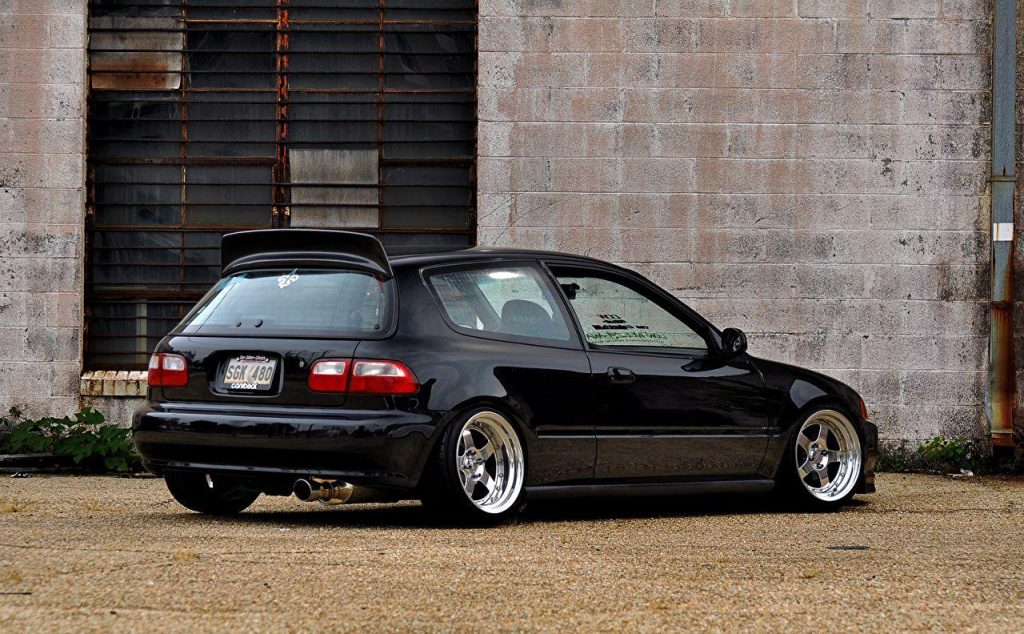
In terms of safety features, “Dual airbags are part of the package, with antilock brakes standard on EX sedan and optional on EX coupe models.” The HX coupe continues to offer a continuously variable transmission, a setup that makes it “the most exciting Civic offered.”
The Civic has very few real drawbacks, aside from its low-key, understated persona. While Hondas generally sit at the higher end of the price range when new, they more than make up for it in long-term value. The Civic follows that trend. “It is a car for people who don’t enjoy repair garage waiting rooms.”
Known for exceptional reliability and resale value, “it is a car that holds its resale value better than most of the cars it competes with. It is a car that easily endears itself to its owner.”
Also Read: 5 Sports Cars That Resell Well vs 5 That Depreciate Hard
5. BMW E36 / E46 (3 Series)
Don’t let the luxury badge fool you — older BMW 3 Series models, especially the E36 and E46, are surprisingly mod-friendly. They offer rear-wheel drive, near-perfect weight distribution, and sturdy inline-6 engines that love to be tuned.
Whether you’re adding coilovers, upgrading to forced induction, or simply tuning the ECU, these Bimmers reward smart modifications. Just keep in mind that maintenance is key — skip oil changes or ignore cooling issues, and you’ll pay for it later.
Initially launched as both a four-door saloon and a two-door coupe, BMW expanded the E36 lineup in 1993 by introducing a convertible variant. This was followed in 1994 by the addition of the ‘Touring’ estate and the ‘Compact’ hatchback, rounding out the full model range.
What made the E36 stand out from its competitors was its dynamic driving experience — even in its most basic form. That sense of sportiness helped define the car’s appeal, especially since the 3 Series served as BMW’s entry-level offering at the time.
The E36’s sharp handling and performance played a major role in elevating the brand’s image and credibility among driving enthusiasts.
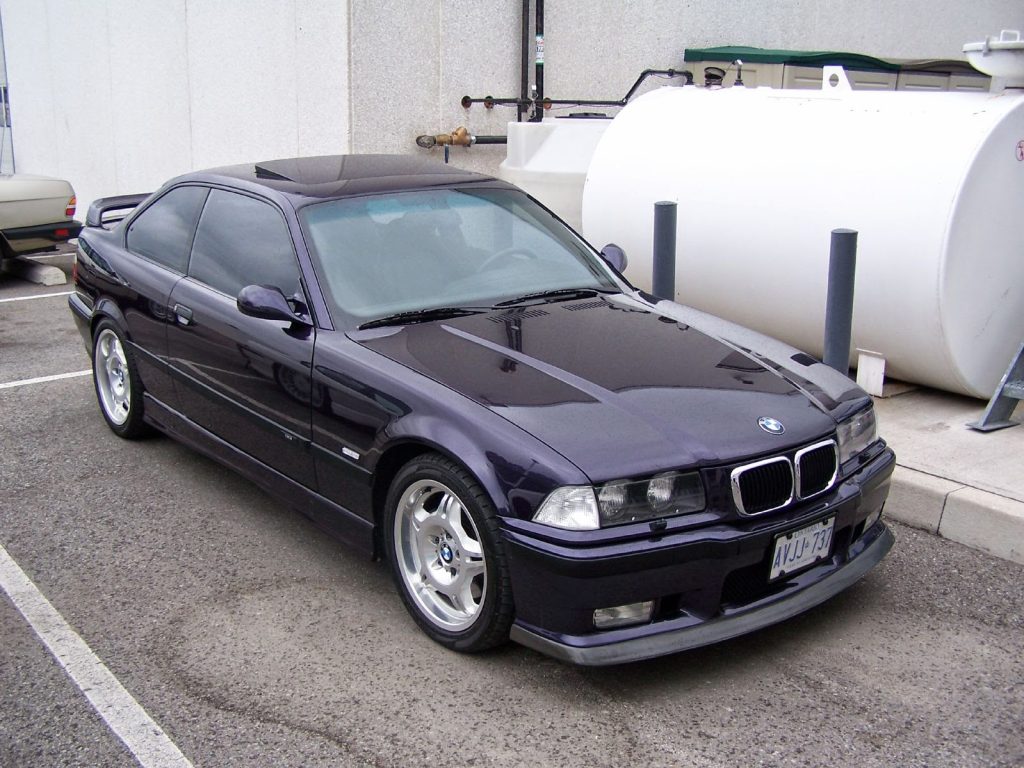
At launch, the E36 was widely acclaimed as the top pick in the compact segment, regardless of which engine or trim one chose. “The most basic 316i – with a 1.6-litre, four-cylinder petrol engine – was unlikely to thrill anyone, but 100hp in an economical car was good going in 1990.”
Performance climbed higher with the arrival of the range-topping 328i in 1995, which came equipped with a 2.8-litre inline-six delivering 193 horsepower.
For those who craved more speed and power, BMW introduced the M3 in 1992. This high-performance variant featured a “286hp, 3.0-litre high-performance engine under the bonnet.”
While the original M3, the E30, had been engineered with motorsport in mind, the E36 M3 shifted the focus to road-going performance. The new dual-overhead cam engine, internally known as the ‘S50’, marked a significant advancement over the previous generation’s four-cylinder setup.
With a “7200rpm rev-limit, individual throttle bodies and more efficient air intake and exhaust,” the E36 M3 could sprint from 0 to 62 mph in just “5.5 seconds.”
Unlike its predecessor, this version of the M3 wasn’t limited to just one body style — it was offered as a coupe, saloon, and convertible, giving buyers more versatility in how they experienced BMW’s most powerful 3 Series at the time.
5 Cars That Break Under Modding Pressure
Not every car is cut out for the tuner life. While they may look sporty or have tempting price tags, some vehicles simply can’t handle the heat when you start throwing mods their way. Weak internals, poor aftermarket support, or fragile electronics can turn a fun project into a frustrating money pit.
Before you drop cash on parts, take note, these five cars are notorious for falling apart when pushed beyond their limits.
1. Mitsubishi Eclipse (3rd & 4th Gen)
After the iconic 2G Eclipse, Mitsubishi’s later generations took a sharp nosedive in performance potential. The 3rd and 4th gen models look aggressive but are heavy, front-wheel-drive, and powered by engines that simply weren’t built for performance.
Most modders who try to turn them into speed machines end up with blown gaskets, warped heads, and empty wallets. These cars are more about appearance than substance.
The Eclipse Cross’s 152-hp turbocharged 1.5-liter four-cylinder engine isn’t built to thrill. “It isn’t going to set anyone’s heart aflame.” That said, it powers the crossover with quiet confidence, reaching 60 mph in 8.6 seconds during testing.
On the open road, however, drivers will need to plan overtakes ahead of time; the small engine lacks the muscle to sustain higher-speed acceleration. “Passing maneuvers must be premeditated: the Cross’s small engine runs out of steam at higher speeds.”
Interestingly, when pushing the throttle aggressively, the engine produces less noise than one might expect, and “highway cruising is quiet and unremarkable, just what we want from crossovers in this class.”
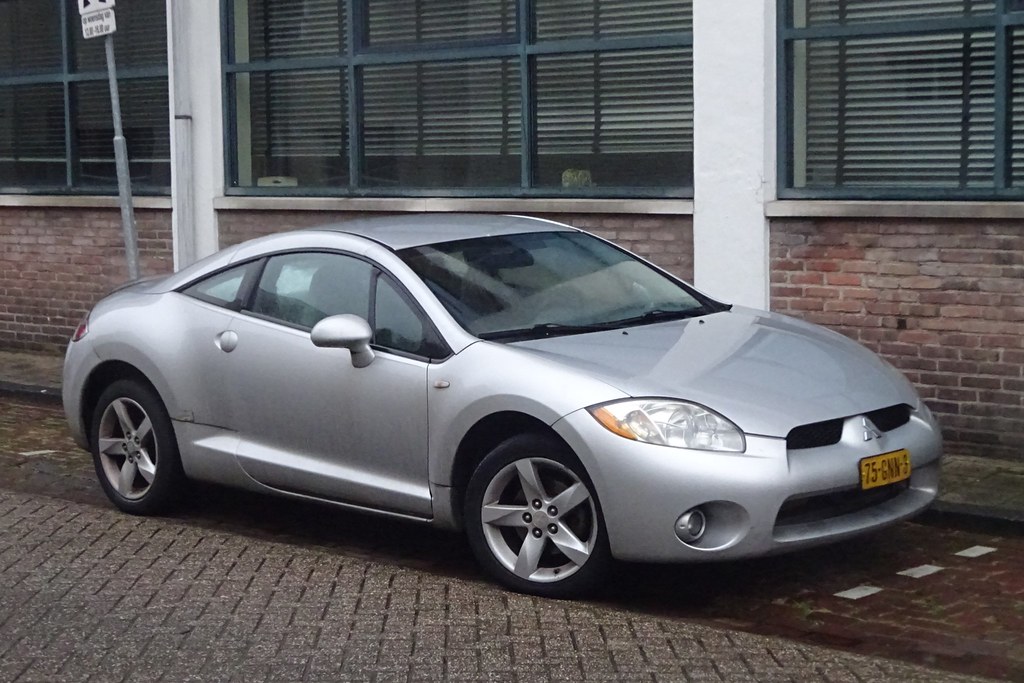
One highlight is the CVT, which mimics a traditional automatic transmission in how it selects gear ratios. “The Cross’s transmission steps through a range of gear ratios like a conventional automatic rather than aimlessly roaming up and down the rpm range like some less sophisticated CVTs.”
When it comes to handling, the Eclipse Cross’s suspension is clearly dialed in for comfort. Push it through corners at higher speeds and you’ll notice a fair bit of body roll. Still, that softness pays dividends when driving over rough surfaces; the chassis handles broken pavement and railroad tracks with composure.
On the flip side, the ride isn’t completely insulated, “small cracks in the road transmit vibrations up through the steering wheel and seats,” a detail that competitors like the Hyundai Tucson and Kia Sportage tend to handle more gracefully.
The steering is both light and accurate, making it easy to maneuver in tight spaces, but its relaxed feel does little to encourage spirited driving. “Steering is accurate and light—which is good for parking-lot maneuverability but discourages back-road antics.”
2. Dodge Neon / SRT-4 (Base Models Especially)
The base Dodge Neon is a budget car that was never meant to be modded. While the SRT-4 had some tuning potential, the non-turbo models fall apart when you start adding power.
Weak transmissions, poor build quality, and a general lack of aftermarket support make this one of the worst platforms for serious modding. Any money you put into a base Neon is better spent on something with real bones.
The Neon blends usefulness, driving enjoyment, and charm into a highly budget-friendly offering. For the 1996 model year, the Neon receives updates that include more standard features and tweaks to the options list.
A newly introduced trim, the plainly named Expresso package, targets so-called Generation X buyers, those stereotyped as lounging at coffee shops like the Coffee Plantation, coffee in hand, lives on pause.
Standard equipment on base models now includes 14-inch wheels, body-color bumpers, tinted glass, and intermittent wipers. Previously standard items like antilock brakes and alloy wheels on Sport models are now optional, as are features such as a power sunroof and the peppy twin-cam 2.0-liter engine for the Sport sedan.
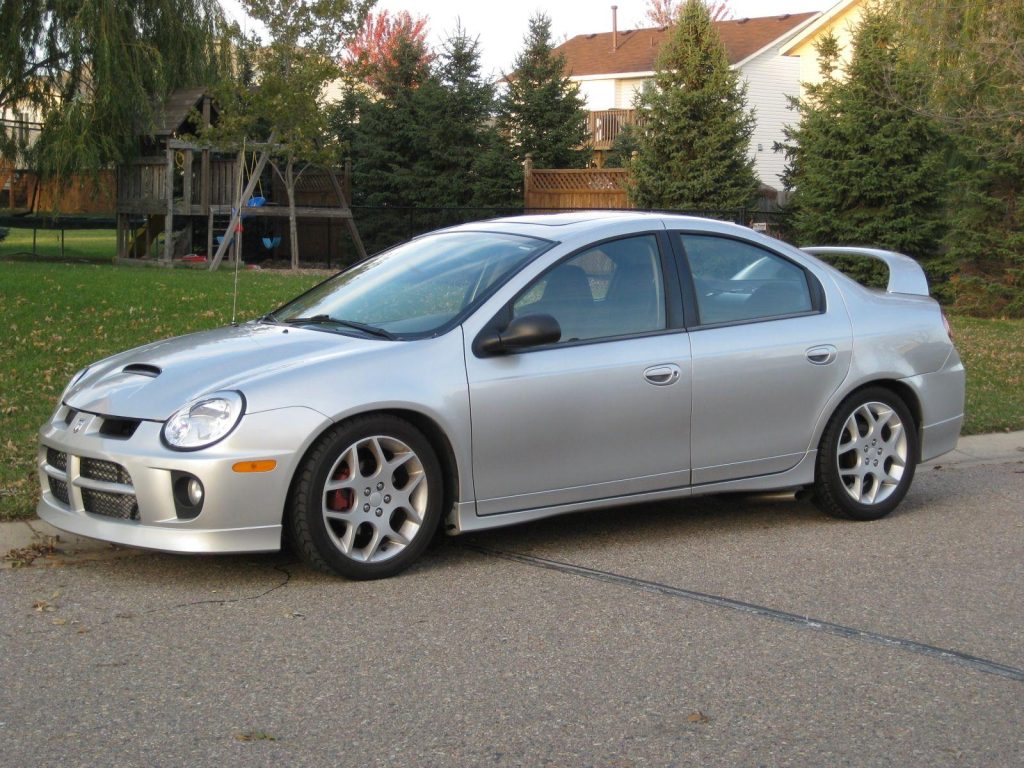
Expresso models bring with them a mix of performance-inspired and lifestyle features, such as a decklid spoiler, power bulge hood, white wheelcovers and graphics, plus interior trim borrowed from the Sport, along with air conditioning, a tachometer, and a rear defroster.
Still, our top pick remains the base sedan or coupe paired with the Competition package. Throw in air conditioning and you get a perfectly livable version of the same car Chrysler uses in grassroots racing leagues across the country.
There’s also a true GT-style coupe in the lineup. Known by automotive journalists as “the nineties version of the original Volkswagen GTI,” the Neon Sport Coupe offers arguably the best bang-for-your-buck driving fun you’ll find at $15,000, short of snagging a used Mazda Miata.
Chrysler claims the Neon is quieter this year, a welcome refinement. Other changes include the debut of a base coupe, a larger fuel tank, a remote keyless entry system with panic mode, and a switch to a four-spoke steering wheel in place of last year’s dated-looking two-spoke version.
On the coupe, power windows are now offered as an option. The color selection expands by two new additions, though fans of Nitro Yellow will be disappointed, as that shade has been discontinued.
3. Scion tC
The Scion tC had the youth market in mind and came with a decent look, but under the hood, it’s not built for serious performance. The car is heavy for a coupe, front-wheel-drive, and its 2.4L engine doesn’t handle boost or high-revving abuse well.
The 2010 Scion tC is a two-door hatchback coupe designed by parent company Toyota to appeal directly to the 20-something demographic. These younger drivers tend to prioritize vehicles that are stylish, customizable, and affordable, and the tC delivers successfully on all three fronts.
However, it’s worth noting that this isn’t a performance-oriented machine. If you’re looking for thrills on winding roads, you’ll want to explore other options. That said, there’s little to criticize about the tC, even as it moves into its sixth year on the market.
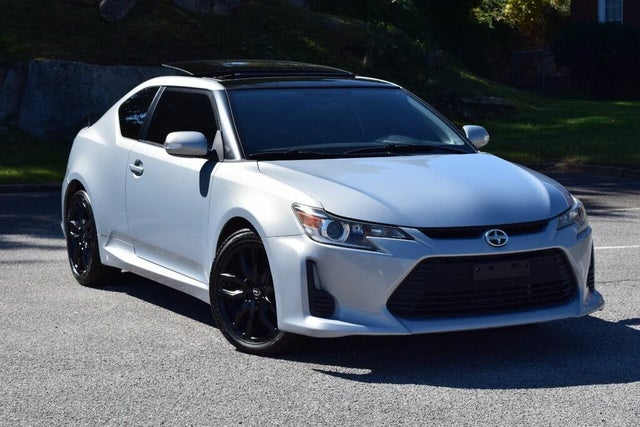
From the beginning, the tC has been known for providing a comfortable ride and handling that satisfies the majority of drivers.
One standout feature is its 2.4-liter four-cylinder engine, which delivers noticeable low-end torque—a rare trait among rivals in this segment. The downside is that this added power comes at the cost of less-than-stellar fuel economy, a tradeoff due to the engine’s larger displacement and added muscle.
Inside, the 2010 Scion tC sports a clean, modern cabin layout, and impresses with a surprisingly spacious rear seat. It’s one of the few coupes where two adults can sit comfortably in the back, made even more accommodating by a reclining seatback.
Additionally, the hatchback layout provides generous cargo space—even with the rear seats up. Fold them down and you’ll open up 35 cubic feet of maximum storage capacity, making the tC a genuinely practical option for a wide range of lifestyles.
4. Hyundai Genesis Coupe (2.0T)
The Genesis Coupe, especially the 2.0-liter turbo version, looks like a modder’s dream at first glance. Unfortunately, reality hits hard. The engine’s internals are weak, and many tuners have found themselves facing cracked pistons or ECU problems after even basic upgrades.
While the 3.8L V6 version is a little more resilient, it still doesn’t have the aftermarket support or reliability to compete with more proven platforms.
For this model year, the Genesis Coupe receives a light update to its front-end styling and taillights, giving it a fresher look. However, the real transformation takes place under the hood. The Genesis Coupe 2.0T now comes with a turbocharged 2.0-liter four-cylinder engine that produces 274 horsepower—a 30 percent bump over the previous version.
Meanwhile, the 3.8-liter V6 sees its output climb from 306 hp to 348 hp, adding serious muscle to the lineup. Making its debut is a new eight-speed automatic transmission with paddle shifters, which delivers not only quicker acceleration but also improved fuel efficiency compared to last year’s six-speed automatic.
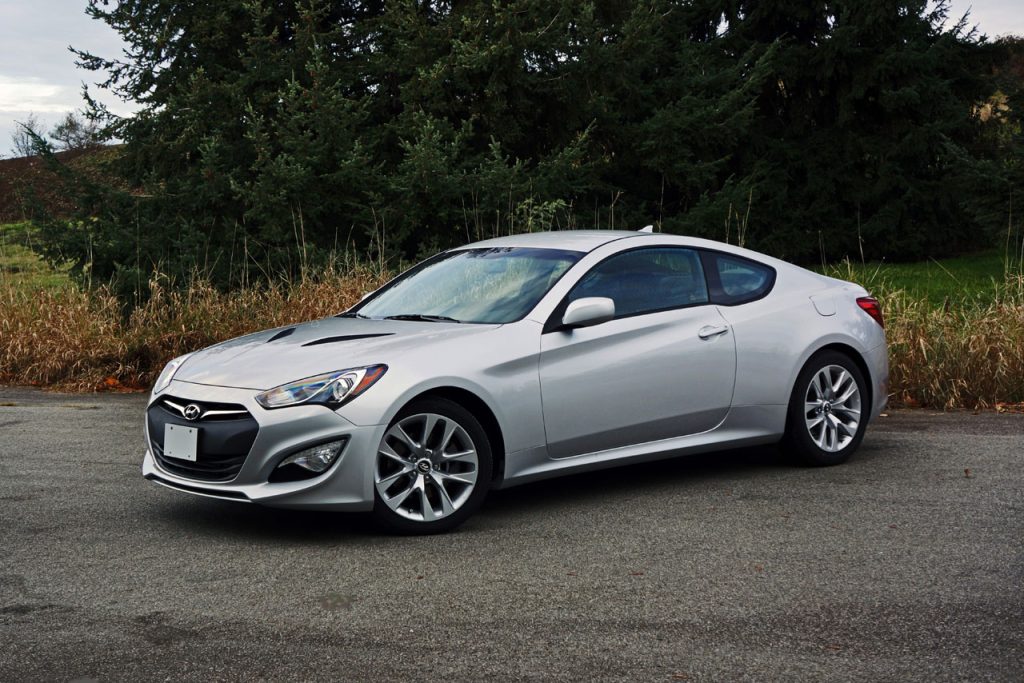
The enhancements don’t stop with the powertrain. Hyundai has retuned the suspension to better handle the added power, all while keeping ride comfort intact. Steering has also been sharpened thanks to a quicker ratio, giving the car more precise response to driver input.
Inside the cabin, Hyundai has introduced a telescoping steering wheel, a long-requested addition, and revamped the center stack and gauge layout with a more attractive design. The BlueLink telematics system is another new feature, offering amenities such as voice text messaging, turn-by-turn navigation, and monthly vehicle diagnostics.
All told, these updates make an already solid sport coupe even more compelling. The Genesis Coupe’s combination of strong acceleration, sharp handling, and everyday usability makes it a real standout in its class.
While the price has increased from previous years, it still represents exceptional value, especially when you factor in its generous feature list and Hyundai’s lengthy warranty coverage.
That said, shoppers will find other options in the segment worth considering. Fans of traditional V8 muscle and bold American styling might gravitate toward the Chevy Camaro, Dodge Challenger, or Ford Mustang.
There’s also the Scion FR-S (and its twin, the Subaru BRZ)—newcomers to the segment that promise nimble handling and lower pricing, albeit with less horsepower. Even so, for those seeking a balanced mix of performance, comfort, and value, the Genesis Coupe continues to impress and comes highly recommended.
The Hyundai Genesis Coupe comes standard with rear-wheel drive and offers two distinct engines. The 2.0T variants are powered by a turbocharged 2.0-liter four-cylinder engine generating 274 hp and 275 pound-feet of torque.
Transmission choices include a six-speed manual, which is standard on both the 2.0T and 2.0T R-Spec, while the 2.0T Premium comes with the eight-speed automatic. The automatic is also optional on the base 2.0T but not available on the R-Spec model.
5. Volkswagen Jetta / Golf (2.5L Non-Turbo Models)
Volkswagen’s 2.5L inline-five engines in the Jetta and Golf may be quirky, but they aren’t built for performance. Limited tuning potential, fussy electronics, and expensive maintenance issues make these cars a pain to modify.
You might get away with a cat-back exhaust and some lowering springs, but don’t expect turbo kits or high-horsepower builds without a world of headaches.
For the first time in its 30-year run, the 2011 Jetta breaks tradition by no longer being the sedan counterpart to the VW Golf. On the upside, this redesign brings with it a longer wheelbase, offering more rear-seat space. However, not all changes are welcome.
The revised steering feels less engaging, rear drum brakes have returned as standard equipment, and the base 2.0-liter engine leaves much to be desired in terms of performance. On top of that, the interior no longer features the high-quality materials and thoughtful design touches that once gave the Jetta a distinctly premium feel.
So what’s the rationale behind these changes—especially when they seem to make the new Jetta feel like a downgrade? The answer lies in pricing strategy. The entry-level Jetta S now starts at under $15,000, which VW highlights as being $1,700 cheaper than a 2000 Jetta when adjusted for inflation.
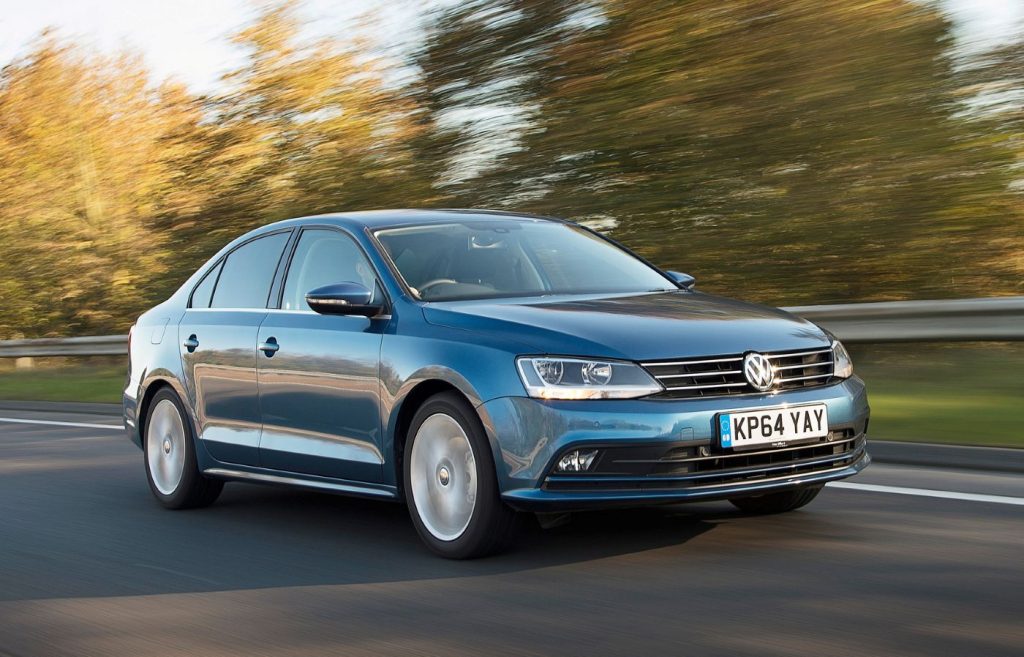
In addition, Volkswagen notes that the 2011 Jetta includes more standard equipment than the current Honda Civic. Factor in the roomier interior and you get a super-sized Jetta aimed squarely at American buyers who appreciate Costco-style value.
Looking at the 2011 Jetta for what it is, it still manages to stand as a competent option among compact and midsize sedans.
With its generous interior space, a solid list of standard features, and the exclusive availability of a fuel-efficient clean-diesel engine, it remains competitive against rivals such as the Honda Civic, 2011 Hyundai Elantra, 2011 Kia Forte, and 2011 Mazda 3.
Still, for every buyer drawn in by the lower price tag and larger cabin, there’s likely to be another longtime VW fan who’s turned off by the noticeable cost-cutting.
The 2011 Volkswagen Jetta Base and S trims are powered by a 2.0-liter four-cylinder engine, generating 115 horsepower and 125 pound-feet of torque. A five-speed manual transmission is standard, while a six-speed automatic is available as an option.
Modding can transform a car into something uniquely yours, faster, meaner, louder, and more fun. But not every car is ready for that journey. Some platforms welcome performance upgrades with open arms, while others buckle under the weight of their own limitations.
If you’re planning to dive into the tuning world, do your homework and pick a base car that’s proven, supported by a solid aftermarket community, and capable of handling the abuse. The line between dream build and money pit is thin and your wrench time and wallet will feel the difference.

